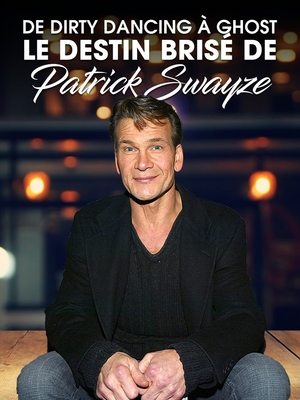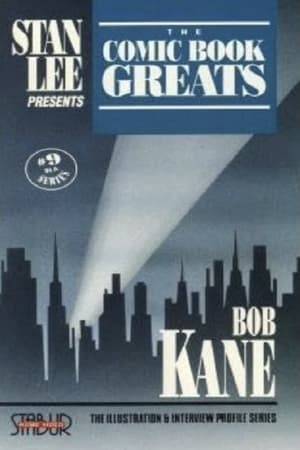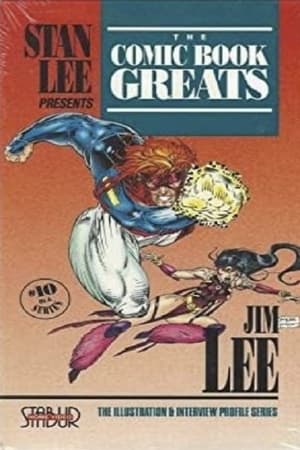
Alexandra Hernandez, l'archipel et l'océan(2023)
"My music derives from the elements of the archipelago."
Alexandra Hernandez is a child of the sea. She sings about Saint-Pierre-et-Miquelon, a small archipelago off the coast of Newfoundland, a French enclave on the American continent. The sea, the wind and the fog ooze through her lyrics, which sing of love in an omnipresent natural setting. She takes us back to the places that populated her childhood imagination, to a small archipelago where everyone knows everyone else, and where the unknown resonates in the wind that beats down on the islands.

Movie: Alexandra Hernandez, l'archipel et l'océan
Top 1 Billed Cast
Self
Video Trailer Alexandra Hernandez, l'archipel et l'océan
Similar Movies
 5.0
5.0Vous serez parés pour le vent(fr)
In Saint Pierre et Miquelon, a tiny French archipelago in the North Atlantic, a group of teenagers have just graduated from high school. Urged to continue their studies, it's time to leave for mainland France and Canada. Manon, Evie, Enguerrand and their friends are about to spend their last summer on the islands together. In the turmoil that precedes this leap into the void, these budding adults, like previous generations, are confronted with this particular moment in their lives. They'll have to leave. But they are islanders, and this departure has the air of exile, of uprooting with no certainty of return. As they leave adolescence, they will be uprooted from their land, crossing a border that is both symbolic and physical. The idea is that something happens here that is more observable than elsewhere, something that concentrates and accelerates the transformations of the teenagers' personalities.
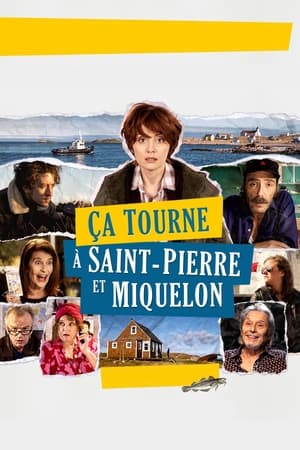 4.4
4.4A Fishy Business in Saint-Pierre et Miquelon(fr)
An actress, Céline, is hired by the famous director Milan Zodowski to star in a mysterious film shooting in Saint-Pierre et Miquelon. She arrives there to discover that the crew consists only of a sound engineer and a unit manager and that Milan stubbornly refuses to leave the cabin where he has locked himself in. Céline realizes that the shoot won’t be happening. She then chooses to face her destiny. This plunge into reality forces her to open up to herself and to others…
 0.0
0.0Louise(fr)
Forty-year-old Joanne Guiberry runs a modest hairdressing salon in Saint-Pierre-et-Miquelon. Twice a year, at each solstice, she brightens up her rather dull life by meeting up with her lover. Twice a year, on the other side of the sea, on the banks of the immense St. Lawrence River, three hundred thousand snow geese land with a thunderous roar for a few weeks of feasting during their migration. Like a bridge between the time of the solstices and the time of the birds, there is Manon, a twenty-year-old student, and Louise, a large, wounded goose. Louise and Manon, each in their own way, will experience love and give Joanne a new lease on freedom.
 6.9
6.9Olympia: Part One – Festival of the Nations(de)
Commissioned to make a propaganda film about the 1936 Olympic Games in Germany, director Leni Riefenstahl created a celebration of the human form. This first half of her two-part film opens with a renowned introduction that compares modern Olympians to classical Greek heroes, then goes on to provide thrilling in-the-moment coverage of some of the games' most celebrated moments, including African-American athlete Jesse Owens winning a then-unprecedented four gold medals.
 6.7
6.7Olympia: Part Two – Festival of Beauty(de)
Commissioned to make a propaganda film about the 1936 Olympic Games in Germany, director Leni Riefenstahl created a celebration of the human form. Where the two-part epic's first half, Festival of the Nations, focused on the international aspects of the 1936 Olympic Games held in Berlin, part two, The Festival of Beauty, concentrates on individual athletes such as equestrians, gymnasts, and swimmers, climaxing with American Glenn Morris' performance in the decathalon and the games' majestic closing ceremonies.
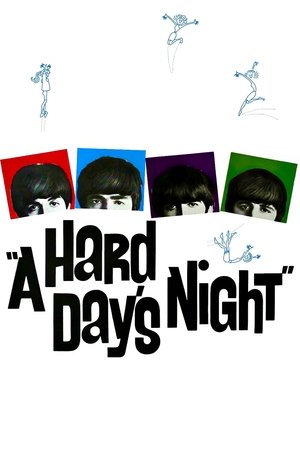 7.3
7.3A Hard Day's Night(en)
Capturing John Lennon, Paul McCartney, George Harrison and Ringo Starr in their electrifying element, 'A Hard Day's Night' is a wildly irreverent journey through this pastiche of a day in the life of The Beatles during 1964. The band have to use all their guile and wit to avoid the pursuing fans and press to reach their scheduled television performance, in spite of Paul's troublemaking grandfather and Ringo's arrest.
 6.7
6.7Workers Leaving the Lumière Factory(fr)
Working men and women leave through the main gate of the Lumière factory in Lyon, France. Filmed on 22 March 1895, it is often referred to as the first real motion picture ever made, although Louis Le Prince's 1888 Roundhay Garden Scene pre-dated it by seven years. Three separate versions of this film exist, which differ from one another in numerous ways. The first version features a carriage drawn by one horse, while in the second version the carriage is drawn by two horses, and there is no carriage at all in the third version. The clothing style is also different between the three versions, demonstrating the different seasons in which each was filmed. This film was made in the 35 mm format with an aspect ratio of 1.33:1, and at a speed of 16 frames per second. At that rate, the 17 meters of film length provided a duration of 46 seconds, holding a total of 800 frames.
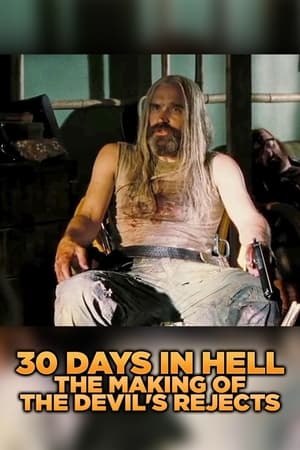 6.0
6.030 Days in Hell: The Making of 'The Devil's Rejects'(en)
An exhaustive, detailed documentary on the 30-day film shoot of "The Devil's Rejects"
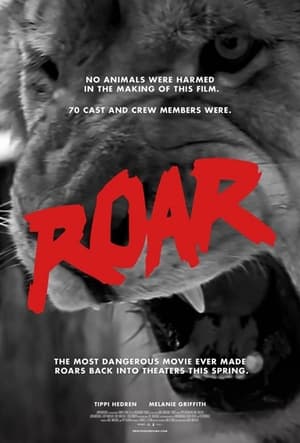 0.0
0.0The Making of Roar(en)
A production of Roar (1981) had special demands on both cast and crew. Learn about this incredible film and about the amazing people who made ROAR possible.
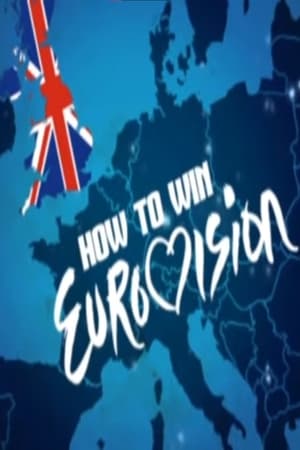 0.0
0.0How to Win Eurovision(en)
Greg James and Russell Kane present a look at all the ingredients needed to become a Eurovision winner, celebrating the UK's successes and also its hall of shame.
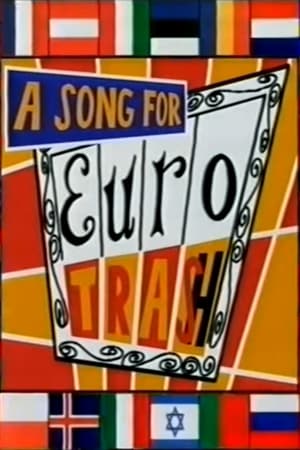 0.0
0.0A Song for Eurotrash(en)
A satirical look at Eurovision featuring cover versions of classic songs.
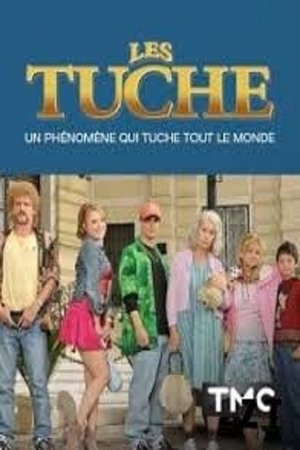 7.2
7.2Les Tuche : un phénomène qui tuche tout le monde(fr)
The phenomenon took everyone by surprise. In the span of three years, despite the mixed reception from the press upon its release in 2011, the Tuche family, a group of eccentric unemployed individuals, found a place in the hearts of the audience. With over eight million viewers during the television broadcast of the first installment and 4.6 million box office admissions for the second part, it became the biggest French success of 2016. The Tuche family has become a phenomenon. Word of mouth gave the film a second life beyond theaters, turning this tribe into the most popular family in French cinema.
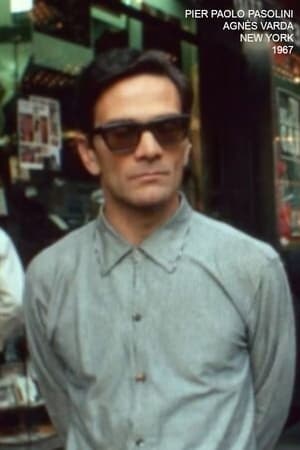 7.1
7.1Pier Paolo Pasolini - Agnès Varda - New York - 1967(fr)
Holding her 16mm camera, an optical prosthesis for a 20th-century stroller, Agnès Varda filmed 42nd Street in NYC in 1967, filming crowds of passers-by to the beat of the Doors. Recovered from the French director's boxes, with images of Varda, Pasolini and New York. Pasolini is shown walking in the Big Apple (where he went to present 'Hawks and Sparrows').
 6.5
6.5When Eurovision Goes Horribly Wrong(en)
Angela Rippon presents a guide to some of the Eurovision Song Contest's most disastrous moments. Including the kiss that ruined the chances of Danish singer Birthe Wilke.
 10.0
10.0Beyond LIVE – Stray Kids 2nd World Tour “MANIAC” in SEOUL(ko)
Stray Kids 2nd World Tour ‘MANIAC’! Are you ready to join the grand beginning of Stray Kids’ new world tour that will captivate STAY all around the world? Stray Kids will be showcasing their upgraded performances for global fans for the first time in 2 years and 5 months!
 6.0
6.0Kalvin Phillips: The Road to City(en)
This is a tale of true determination that took Kalvin Phillips from a working-class estate in Leeds, to the pinnacle of his profession. In 2022, he made the challenging decision to leave his beloved Leeds United and join Manchester City. As he faced the pressures of adjusting to a new team he sustained a serious injury, threatening his inclusion in both Man City and the England World Cup squad


